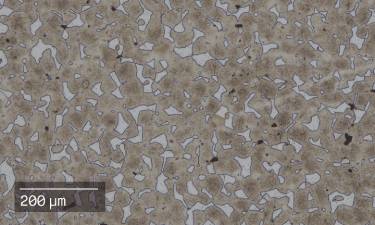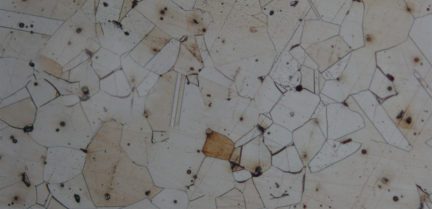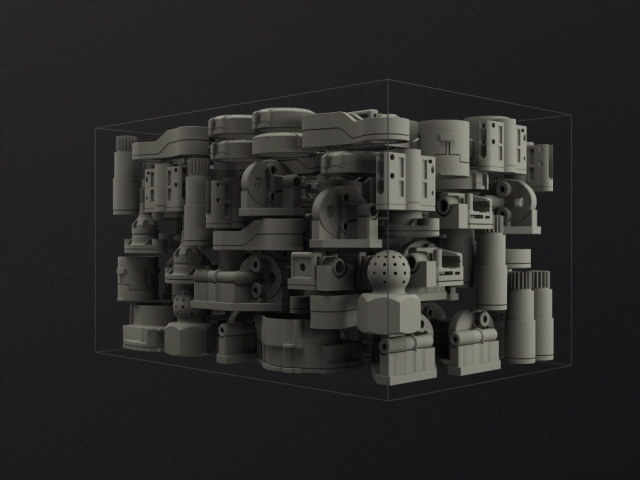Metal Binder Jetting Design Guidelines
Explore our design guidelines for metal binder jetting to get the most out of the process and optimize your 3D files to be built
Read MoreAdditive Manufacturing Technology
3D print metal parts fast, in production volumes
Learn more about metal binder jetting services at Proto3000 and the Desktop Metal Shop System

Material: 17-4 PH Stainless Steel
17-4 PH stainless steel is a precipitation hardening steel used in a wide range of industrial applications including those with mildly corrosive environments and high-strength requirements.
Metal Binder-Jetting™ on the Desktop Metal Shop System

Material: 316L Stainless Steel
316L stainless steel is a fully austenitic, non-magnetic steel ideal for harsh environments and characterized by its corrosion resistance, performance at both high and low temperatures, and high ductility.
Metal Binder-Jetting™ on the Desktop Metal Shop System
Binder Jetting is Fast
When compared to traditional laser-based metal additive manufacturing processes, metal binder jetting has significant speed benefits. Material deposition happens at every pass with a wide-area approach allowing for each layer of a build volume to be built.
Flexible Manufacturing
Metal binder jetting enables flexible manufacturing options – produce different parts with different geometries or a single part in low-mid volume on-demand.

Explore our design guidelines for metal binder jetting to get the most out of the process and optimize your 3D files to be built
Read More
Maximum Throughput |
Maximum Throughput800cc / hr |
Layer Thickness |
Layer Thickness50 µm - 100 µm |
Native Printhead Resolution |
Native Printhead Resolution1,600 dpi (1 pL native drop size) |
Dimensional Tolerance of Parts |
Dimensional Tolerance of Parts± 2.0% |
Max Build Volume |
Max Build Volume350 x 222 x 200 mm (13.8 x 8.7 x 7.9 in) |